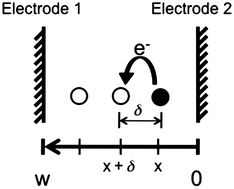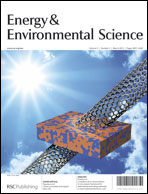Geobacter
sulfurreducens can acquire energy by coupling oxidation of acetate with extracellular electron transfer to an anode, forming an electrically conductive biofilm extending many cell lengths away from the anode surface. Owing to their conductivity, such biofilms may play important roles in emerging technologies referred to as bioelectrochemical systems (BES). In these systems, microbes are used to catalyze anode processes for which abiotic catalysts do not exist, such as wastewater treatment and energy generation from biomass by fuel cells. Two models describing the conductive nature of G. sulfurreducens biofilms grown on anodes (biofilm anodes) have recently been put forth; superexchange proposed by our group, recently published in Energy and Environmental Science, which invokes electron-transfer among a network of cytochromes, and metallic-like conductivity proposed by Malvankar et al., recently published in Nature Nanotechnology, which invokes intrinsic conductivity of certain secreted microbial filaments referred to as nanowires. Here, we respond to criticisms raised by Malvankar et al. in the preceding commentary concerning superexchange.

You have access to this article
 Please wait while we load your content...
Something went wrong. Try again?
Please wait while we load your content...
Something went wrong. Try again?


 Please wait while we load your content...
Please wait while we load your content...